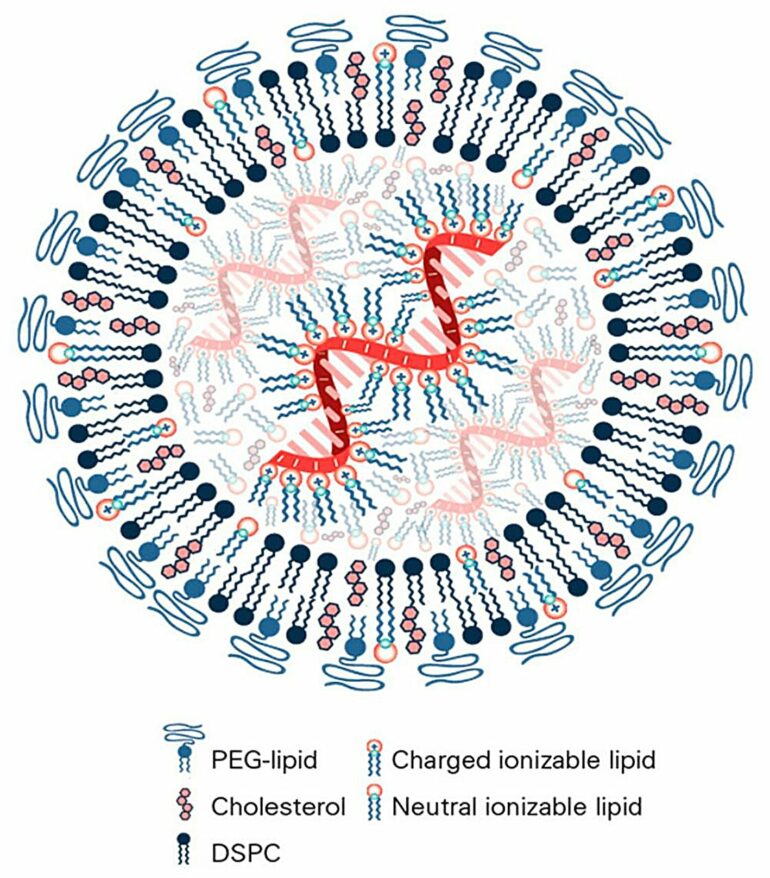Brain cancers remain among the most challenging tumors to treat. They often don’t respond to traditional treatments because many chemotherapies are unable to penetrate the protective barrier around the brain. Other treatments like radiation and surgery can leave patients with lifelong debilitating side effects.
As a result, brain cancer is the leading cause of cancer-related death in children. Brain tumors in children frequently do not respond to treatments developed for adults, likely due to the fact that pediatric brain cancers are not as well-studied as adult brain cancers. There is an urgent need to develop new treatments specific to children.
We developed a new messenger-RNA, or mRNA, cancer vaccine, described in newly published research, that can deliver treatments more effectively in children who have brain cancer and teach their immune systems to fight back.

Cancer treatments designed for adults may not necessarily work as well in children.
Virojt Changyencham/Moment via Getty Images
How do cancer vaccines work?
The immune system is a complex network of cells, tissues and organs whose primary function is to continuously surveil the body for threats posed by foreign invaders – pathogens that damage tissues and make you sick. It accomplishes this by recognizing antigens, or abnormal proteins or molecules, on pathogens. T cells that recognize these antigens seek out and destroy the pathogens.
Your immune system also protects you from domestic threats like cancer. Over time, your cells sustain DNA damage from either internal or external stressors, leading to mutations. The proteins and molecules produced from mutated DNA look quite different from the ones cells typically produce, so your immune system can recognize them as antigens. Cancer develops when cells accumulate mutations that enable them to continue to grow and divide while simultaneously going undetected by the immune system.
In 1991, scientists identified the first tumor antigen, helping lay the framework for modern-day immunotherapy. Since then, researchers have identified many new tumor antigens, facilitating the development of cancer vaccines. Broadly, cancer vaccines deliver tumor antigens into the body to teach the immune system to recognize and attack cancer cells that display those antigens. Although all cancer vaccines conceptually work very similarly, they each significantly vary in the way they are developed and the number and combination of antigens they carry.
Cancer vaccines help the immune system differentiate between healthy cells and tumor cells.
One of the biggest differences among cancer vaccines is how they are created. Some vaccines use protein fragments, or peptides, of tumor antigens that are directly given to patients. Other vaccines use viruses reengineered to express cancer antigens. Even more complex are vaccines where a…



